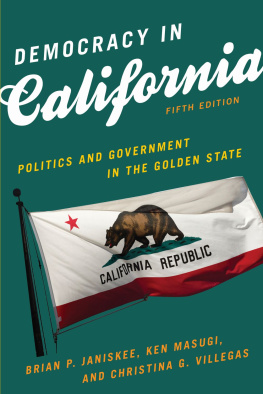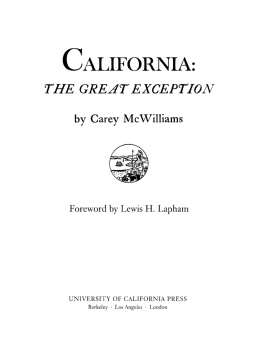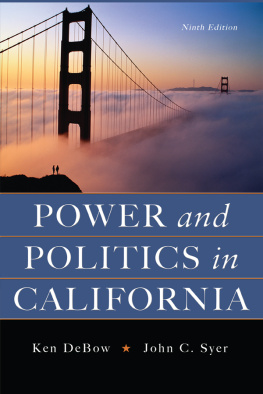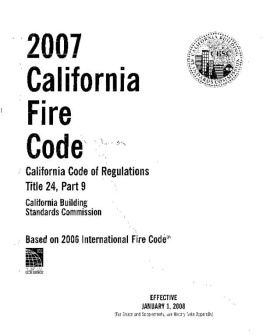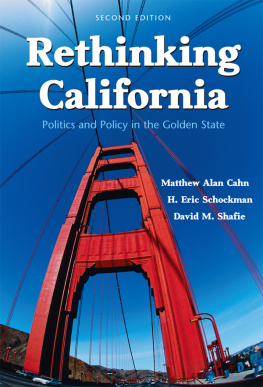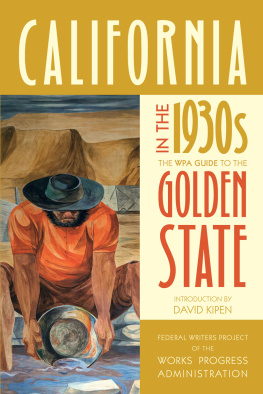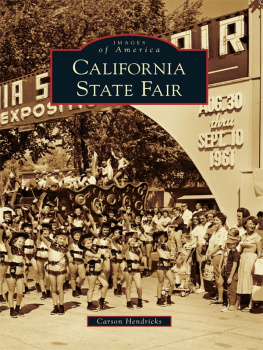Publishers Notice
Please note that this version of the ebook does not include access to any media or print supplements that are sold packaged with the printed book.
W. W. Norton & Company has been independent since its founding in 1923, when William Warder Norton and Mary D. Herter Norton first published lectures delivered at the Peoples Institute, the adult education division of New York Citys Cooper Union. The firm soon expanded its program beyond the Institute, publishing books by celebrated academics from America and abroad. By midcentury, the two major pillars of Nortons publishing programtrade books and college textswere firmly established. In the 1950s, the Norton family transferred control of the company to its employees, and todaywith a staff of four hundred and a comparable number of trade, college, and professional titles published each yearW. W. Norton & Company stands as the largest publishing house owned wholly by its employees.
Copyright 2021, 2019, 2017, 2015, 2013, 2011, 2009, 2008 by W. W. Norton & Company, Inc.
All rights reserved.
Editor: Laura Wilk
Editorial Assistant: Catherine Lillie
Project Editor: Linda Feldman
Managing Editor, College: Marian Johnson
Managing Editor, College Digital Media: Kim Yi
Production Manager, College: Stephen Sajdak
Ebook Manager: Megan Crayne
Media Editor: Spencer Richardson-Jones
Media Project Editor: Marcus Van Harpen
Media Assistant Editor: Lena Nowak-Laird
Design Director: Rubina Yeh
Book design: Lissi Sigillo
Marketing Manager, Political Science: Ashley Sherwood
Director of College Permissions: Megan Schindel
Permissions Specialist: Elizabeth Trammell
Photo Editor: Ted Szczepanski
Composition: Achorn International
The Library of Congress has catalogued the printed edition as follows:
Names: Anagnoson, J. Theodore, author.
Title: Governing California in the twenty-first century : the political dynamics of the Golden State / J. Theodore Anagnoson, Gerald Bonetto, Jolly Emrey, Nadine Koch, Melissa R. Michelson.
Description: Eighth edition. | New York : W.W. Norton & Company, 2021. | Includes bibliographical references and index.
Identifiers: LCCN 2021001807 | ISBN 9780393532524 (paperback |
ISBN 9780393539806 (epub)
Subjects: LCSH: CaliforniaPolitics and government21st centuryTextbooks.
Classification: LCC JK8716 .G67 2021 | DDC 320.4794dc23
LC record available at https://lccn.loc.gov/2021001807
W. W. Norton & Company, Inc., 500 Fifth Avenue, New York, N.Y. 10110
www.wwnorton.com
W. W. Norton & Company Ltd., 15 Carlisle Street, London W1D 3BS
Ebook version: 8.1-retailer
Contents
Preface
From 2017 through 2020, California assumed a new role: the epicenter of resistance to the Trump administration. For four years, California was at odds with his administration over many of its policy directives, including immigration, the environment, trade, health care, and LGBTQ rights, among other issues. Resistance came in the form of rhetoric from California elected officials and over 100 lawsuits filed by the state against the federal government. While these conflicts demonstrate federalism in action, and underscore what makes California politics unique, the state is far from homogenous. Even as Californias Electoral College votes helped elect Joe Biden to the presidency in 2020, Republicans picked up seats in Congress in red areas of the state. The same issues that challenged the country heading into the 2020 elections divided the state along demographic, geographic, and economic lines. Capping off those four years of conflict, California will play a leading role in the new Biden administration, including former senator Kamala Harris as vice president and attorney general Xavier Becerra (the author of those 100-plus lawsuits) as the new Secretary of Health and Human Services. This new edition explores Californias starring role in the resistance to Trump and the political history that brought us to this point, while also looking ahead to the new Biden administration.
The first edition of this book, released in 2008, argued that Californias political system and its politics were simply broken. The system was so contradictory in its rules, norms, and mores that budgets couldnt be passed on time or balanced, programs and departments couldnt be managed under the existing set of rules, and citizen expectations were so out of line with the ability of the political system to satisfy them that the level of negativism and cynicism was as bad as could be found anywhere in the nation.
Since then, reforms have been put into place to solve many of those structural challenges. The state has new incentives for politicians to be less ideologically extreme on the right or the left, in particular the top two vote-getter primary system and the indepedent citizens commission that draws new districts for the Assembly, the state Senate, and congressional districts after every diennial census. The state budget can be passed with majority rule instead of a two-thirds vote, and budgets are now passed on time and without last minute additions of pork-barrel projects. The nations strictest term-limit rules have been modified to allow members of the Assembly or state Senate to serve 12 years in a single house before being termed out and forced to seek another office outside the state legislature, increasing the level of expertise available among legislators and reducing the power of lobbyists. Changes to the tax code to rely more on high-wage earners and taxes on stock market trades have built up the states rainy day fund and allowed the state to bank surpluses even amid the economic downturn that accompanied the coronavirus pandemic.
Challenges remain, but the state is certainly no longer broken. The Eighth Edition of Governing California offers a ray of hope but also the reality of a long distance to go.
Highlights of this revision include the following:
- NEW coverage of the 2020 state and presidential elections () explores the issues that were at stake and the propositions that were on the ballots, and provides a thorough analysis of the election results and what they say about where California is heading as the country looks toward the congressional races in 2022.
- NEW Who Are Californians? features by contributing author R. Allen Bolar (Bakersfield College) explore state government spending (). In addition, all of the other features have been thoroughly updated to help students understand the data behind big questions about state government.
- NEW information on Californias political landscape provides points of comparison and contrast on issues affecting people across the country, including the Black Lives Matter movement, the coronavirus pandemic, and the fate of Dreamers.
- A thoroughly revised InQuizitive course helps reinforce the key topics and concepts in each chapter by quizzing students on what they still need to learn, not on what theyve already mastered. InQuizitive is customizable to align the chapters and sections that you assign to your students. In addition, a test bank is available for all your assessment needs.
In order to provide the most knowledgeable analysis of the diverse topics in the table of contents, we divided the book as follows:
- California Government: Promise and PracticeAnagnoson (tanagno@calstatela.edu)
- The Constitution and the Progressive LegacyMichelson (melissa.michelson@menlo.edu)
- Interest Groups and the Media in CaliforniaBonetto (gbonetto@roadrunner.com)


